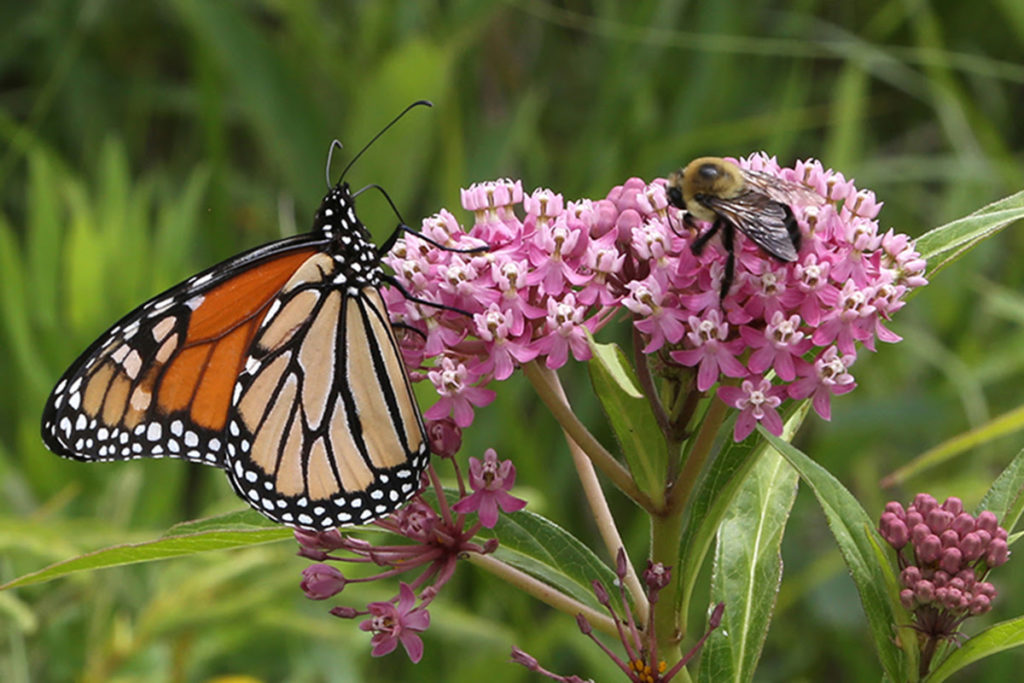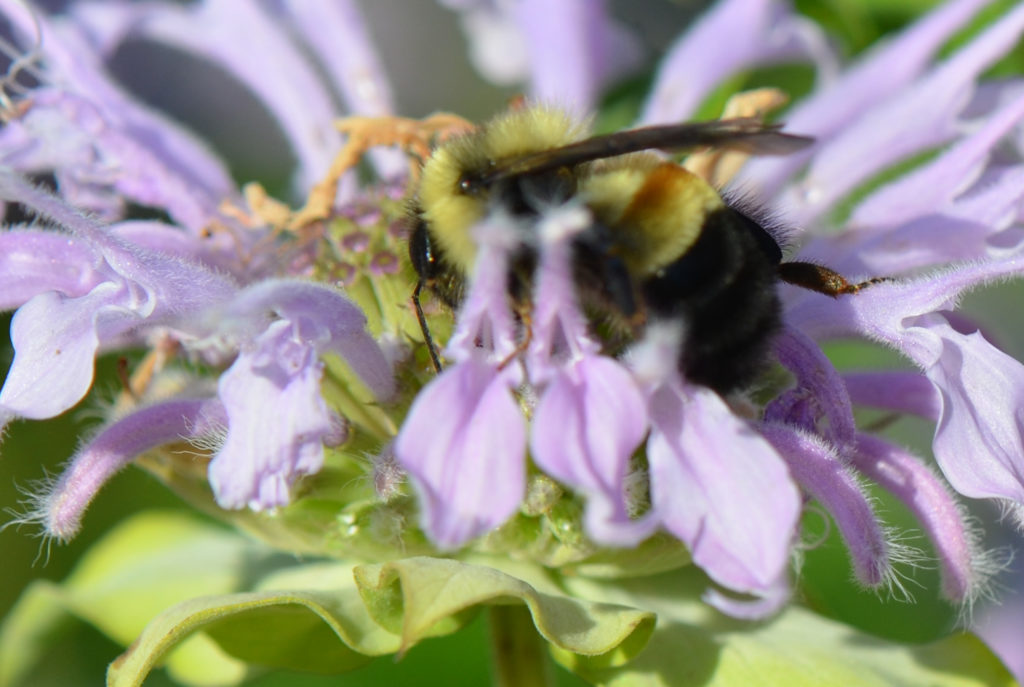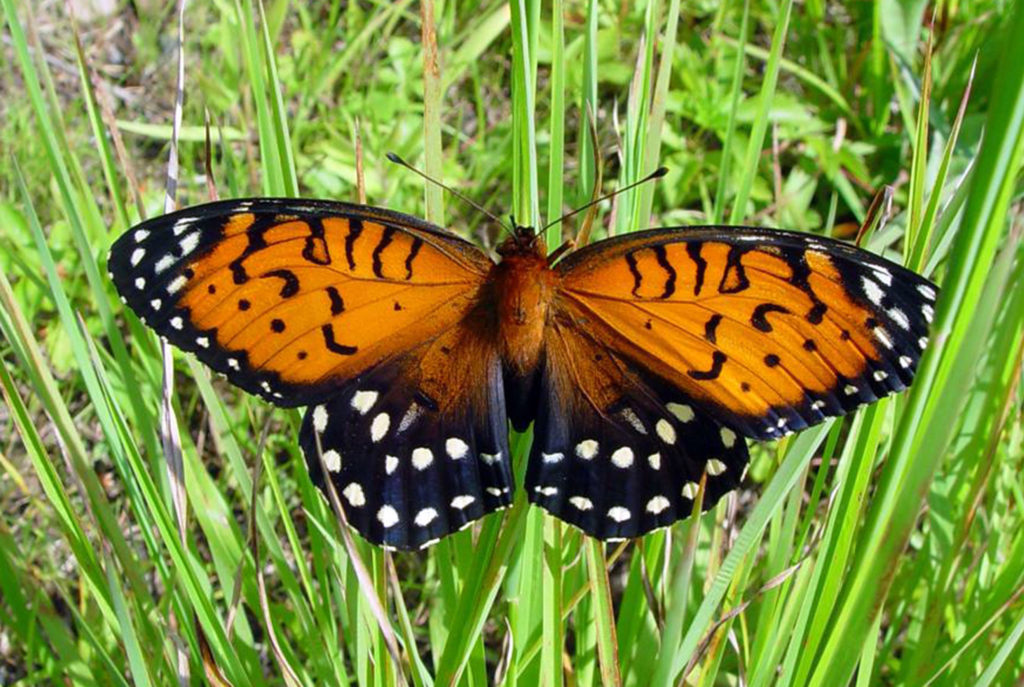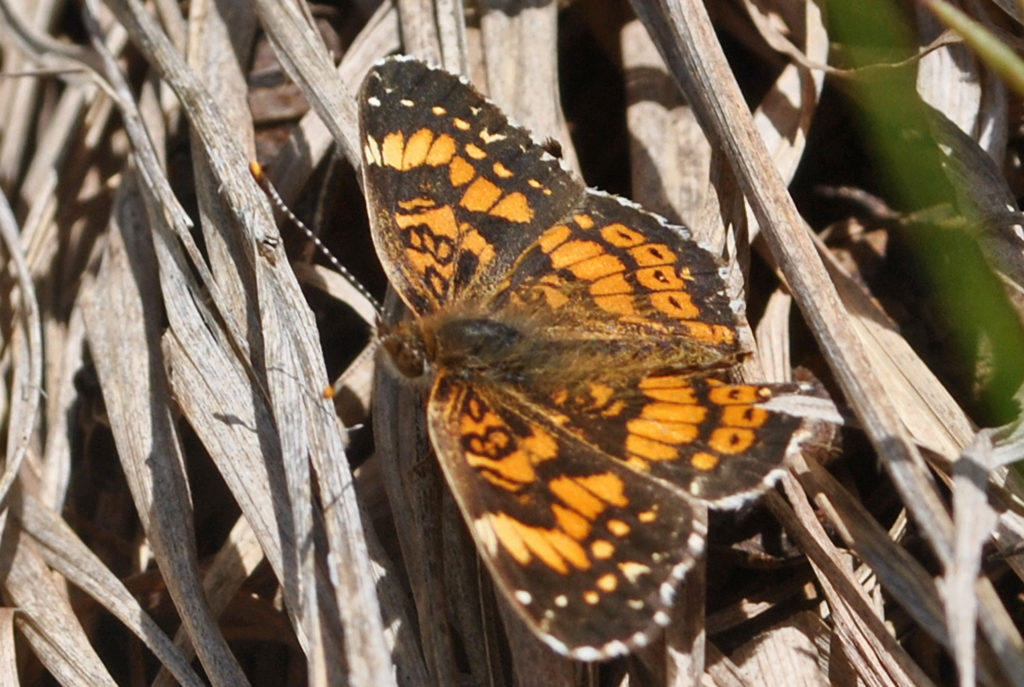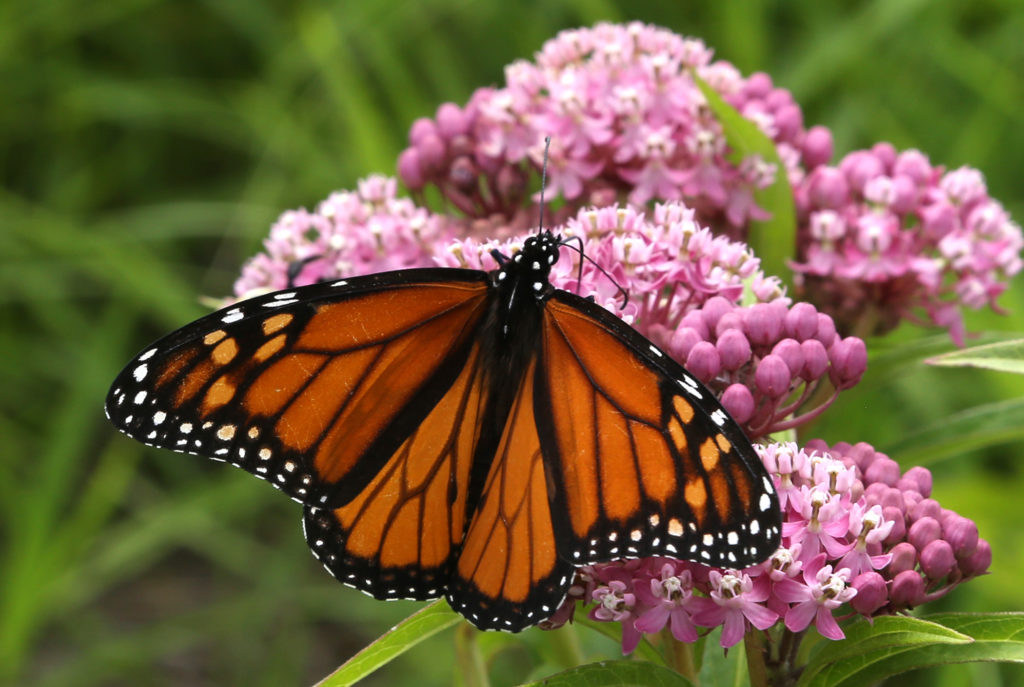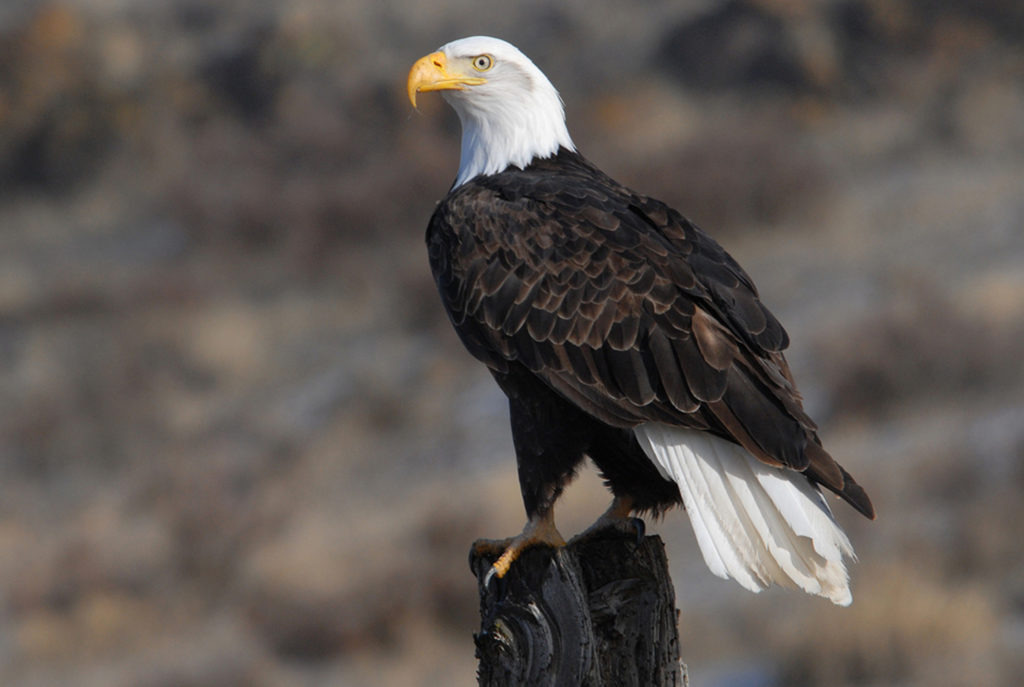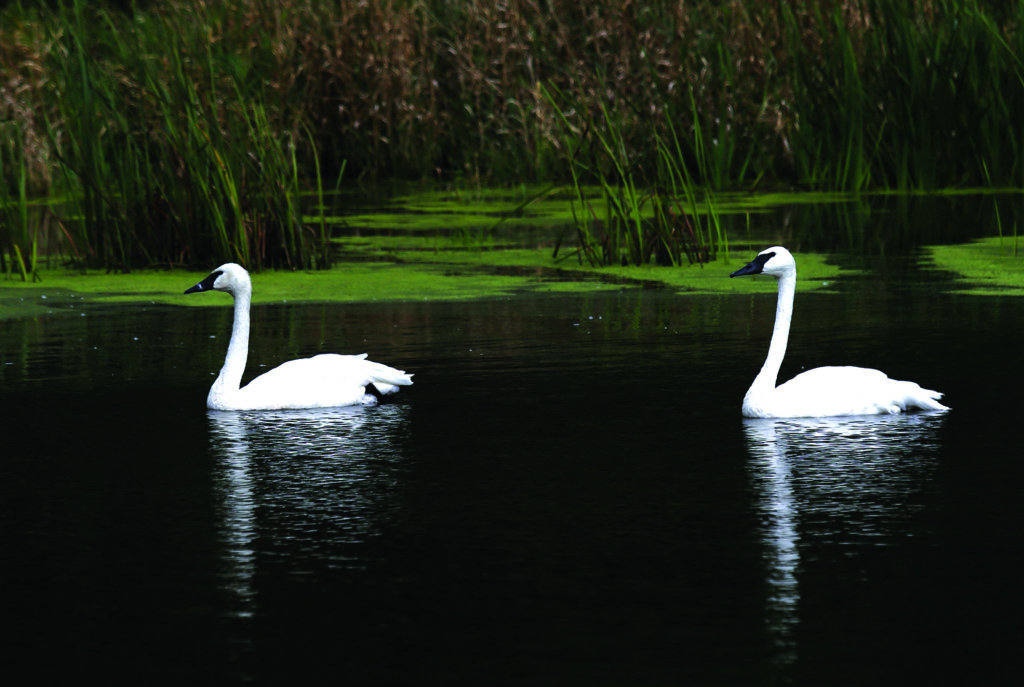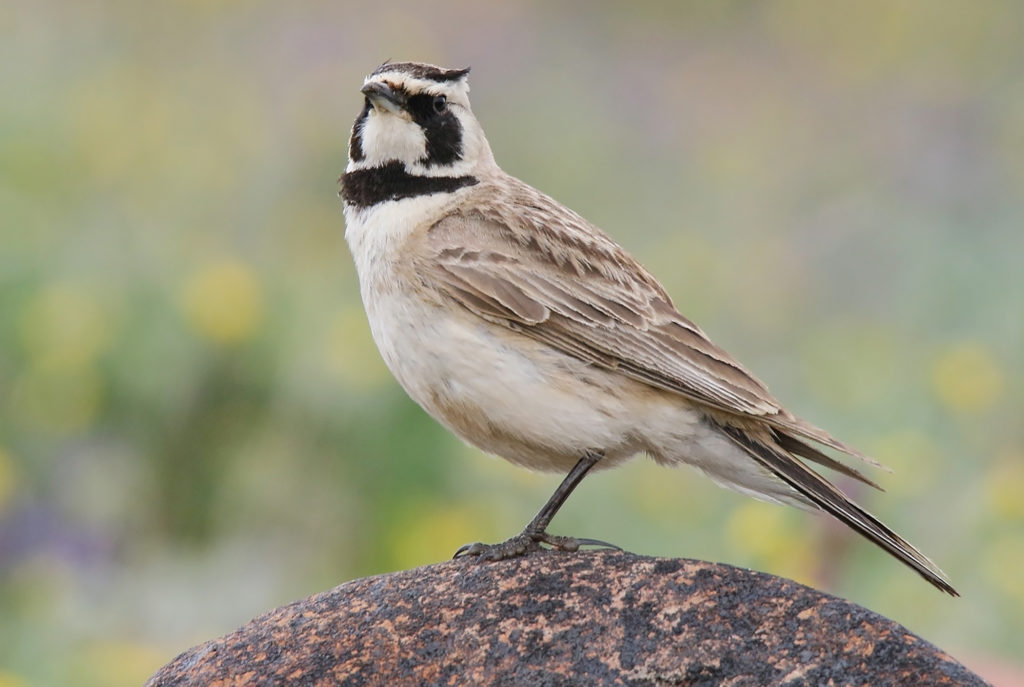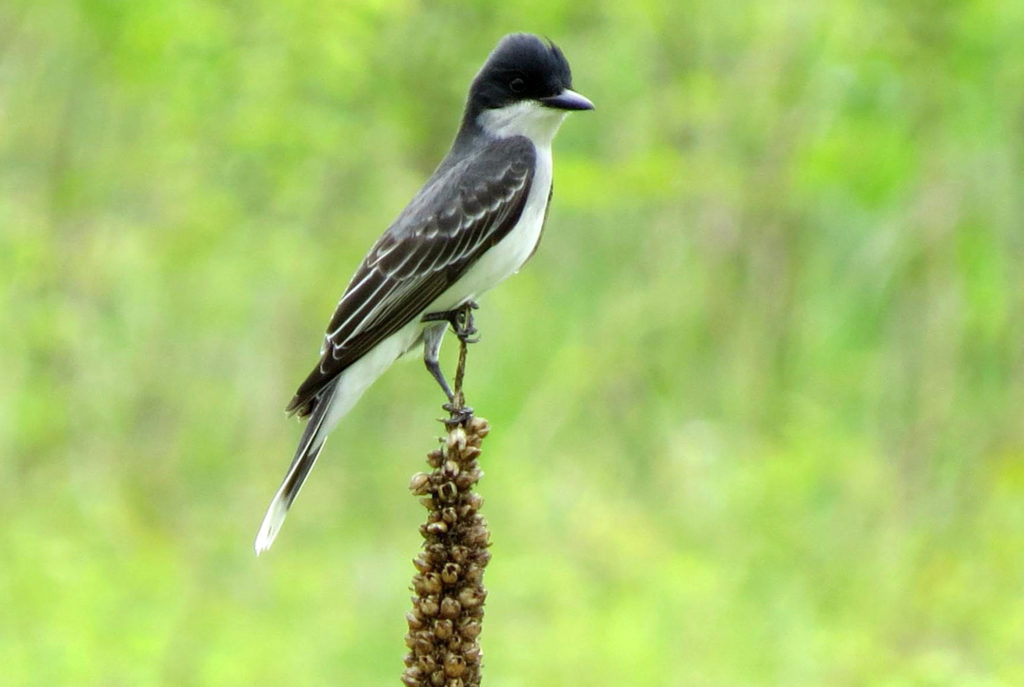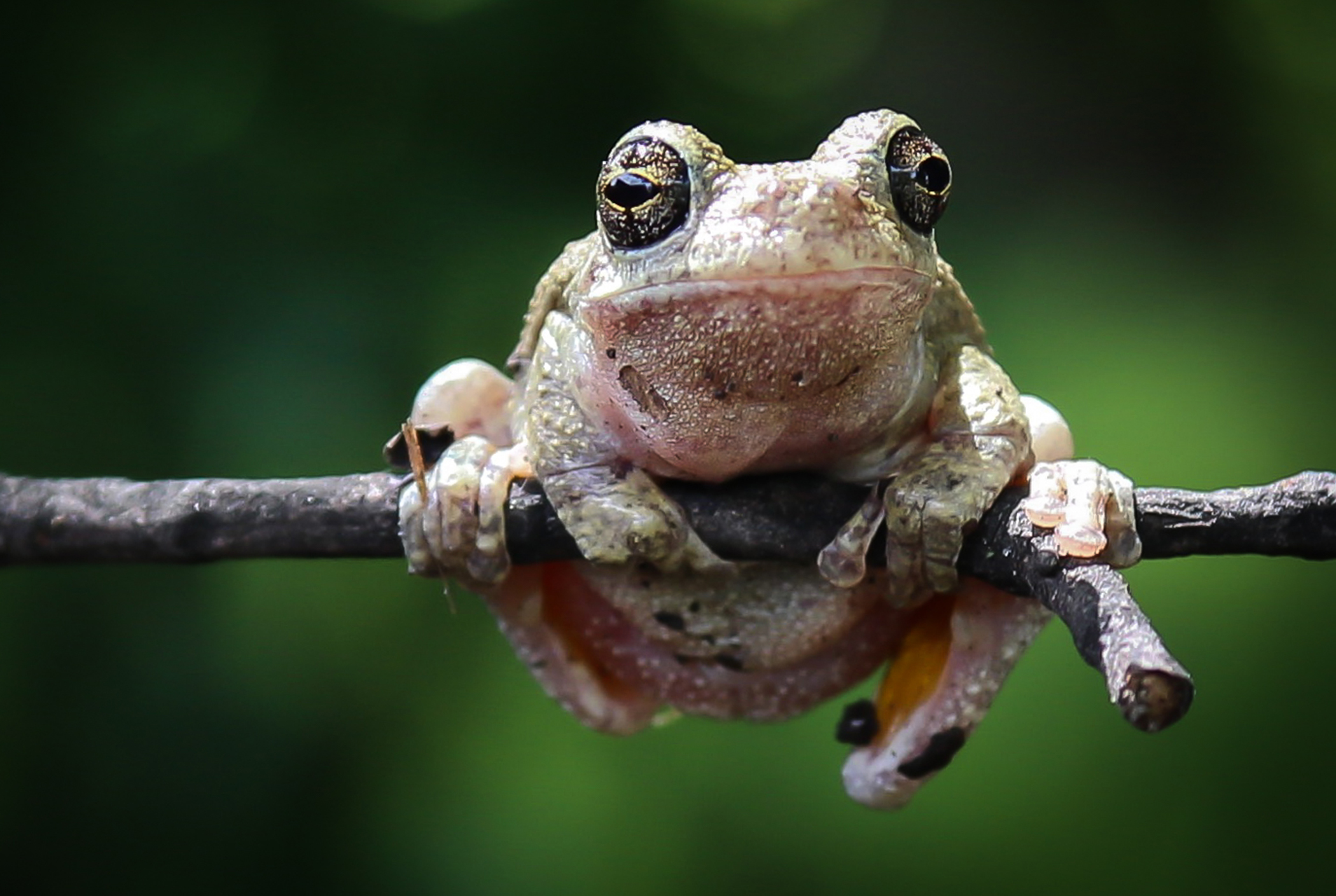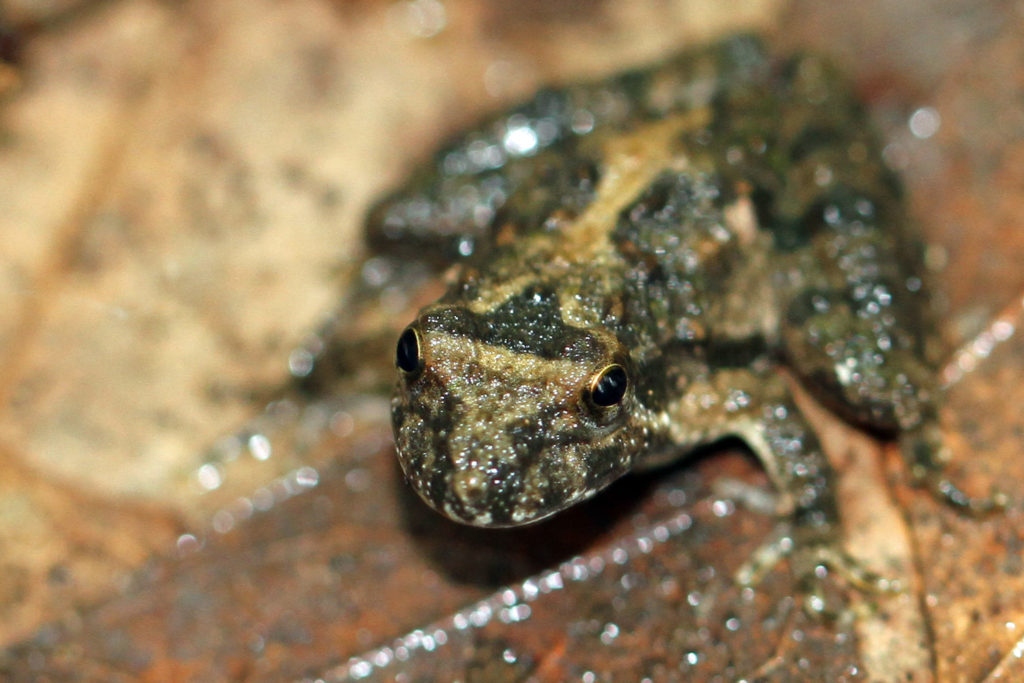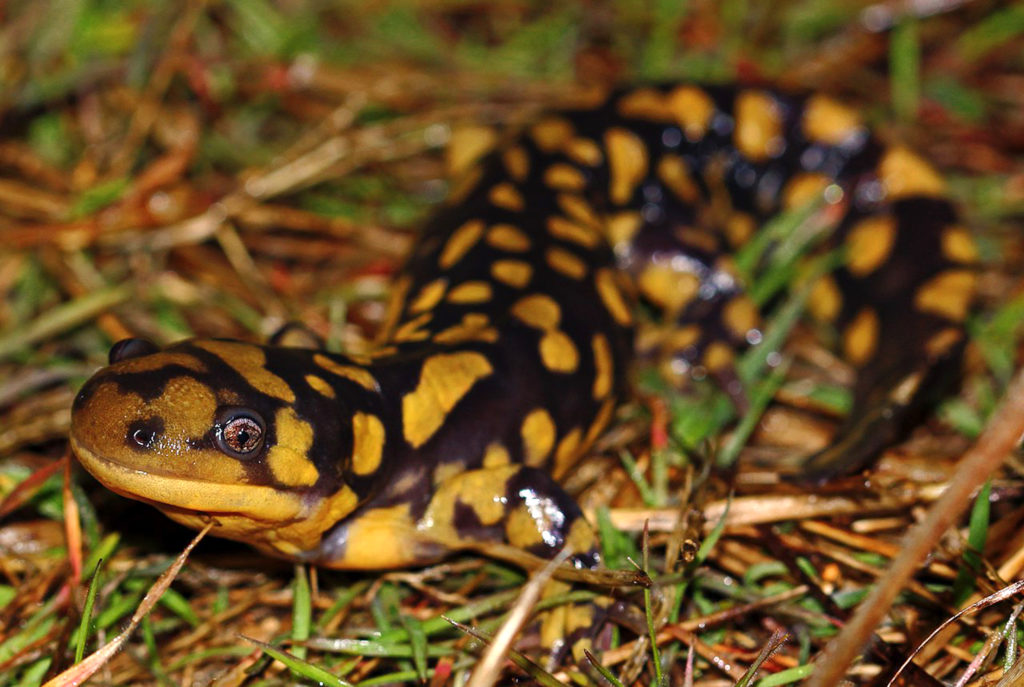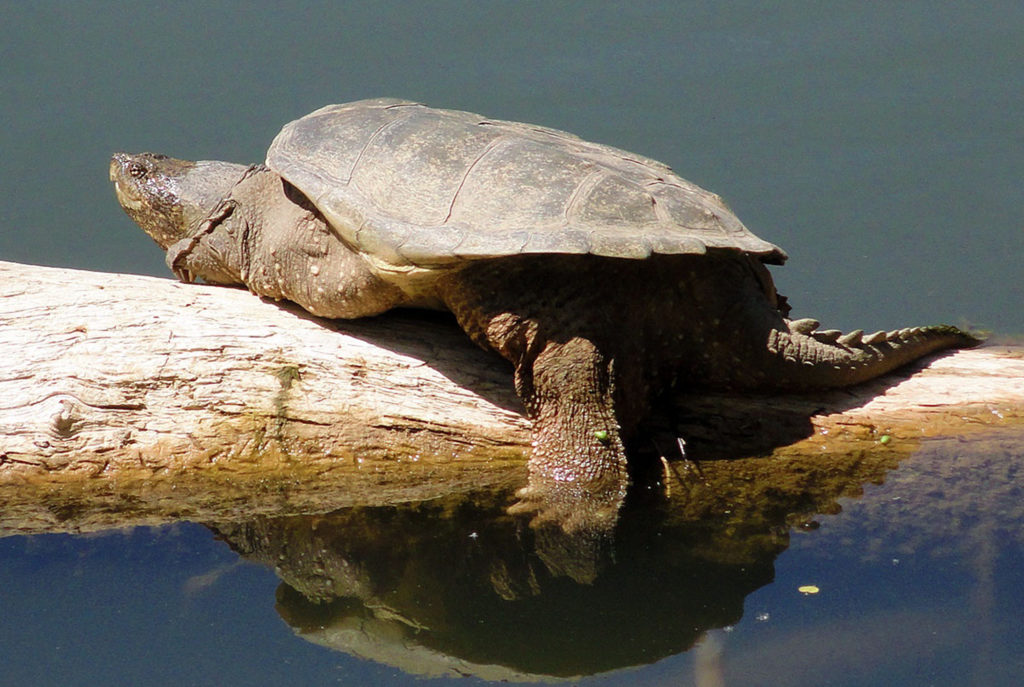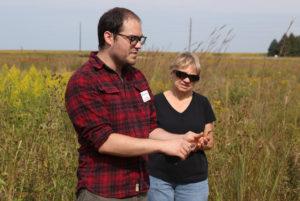On National For Twelves Day (4/12), our nation honors a magnificent number that holds significance in several ways.
We measure our days in two 12 hour sets. When we buy roses, eggs, and pastries, we purchase them by the dozen. How many months are in a year? Twelve. Of course, math lovers appreciate 12 because it has a perfect number of divisors.
On this special day, we want to bring to your attention 12 species of pollinators and wildlife that are listed as “Species of Greatest Conservation Need” by the Iowa Department of Natural Resources, a full list of which can be found here.
Rusty Patched Bumblebee
Habitat: Riparian Prairie and Woodland
When in Iowa: Year-Round
Diet: Pollen and nectar; preferred plants include milkweeds, prairie clovers, jewelweed, asters
Notes: This is the only federally endangered bee species in the lower 48 states.
Regal Fritillary
Habitat: Tallgrass Prairie
When in Iowa: Year-Round
Diet: Prairie and Birdsfoot Violets as caterpillars, nectar as adults
Notes: This butterfly was once considered for Iowa’s Official State Butterfly.
Gorgone Checkerspot
Habitat: Tallgrass Prairie
When in Iowa: Year-Round
Diet: Sunflowers and Lysimachia as caterpillars, nectar as adults
Notes: As adults, this butterfly exclusively visits yellow flowers.
Monarch
Habitat: Tallgrass Prairie
When in Iowa: Breeding Season (Spring-Fall)
Diet: Milkweeds as caterpillars, nectar as adults
Notes: The Monarch migrates all the way to Mexico for the winter.
Bald Eagle
Habitat: Forests near water
When in Iowa: Year-Round
Diet: Fish
Notes: The mating dance for the bald eagle involved two birds grabbing each other’s talons and free falling.
Trumpeter Swan
Habitat: Lakes and Ponds
When in Iowa: Breeding Season
Diet: Plants
Notes: This is the largest species of bird in North America.
Horned Lark
Habitat: Tallgrass Prairie
When in Iowa: Year-Round
Diet: Seeds and Insects
Notes: There are 42 subspecies of Horned Lark worldwide.
Eastern Kingbird
Habitat: Tallgrass Prairie
When in Iowa: Breeding Season
Diet: Fruit and Insects
Notes: This bird has a hidden patch of bright feathers on its head that it uses to intimidate predators.
Gray Tree Frog
Habitat: Forests and Woodlands
When in Iowa: Year-Round
Diet: Insects
Notes: This species is strictly nocturnal, and is often found feeding on insects attracted to outdoor lights.
Blanchard’s Cricket Frog
Habitat: Wetlands and Ponds
When in Iowa: Year-Round
Diet: Aquatic Invertebrates
Notes: This small frog only lives for around 1 year.
Tiger Salamander
Habitat: Underground in Tallgrass Prairie and Woodlands
When in Iowa: Year-Round
Diet: Insects, Worms, and Frogs
Notes: This is the largest ranging salamander in North America, found coast-to-coast.
Common Snapping Turtle
Habitat: Ponds
When in Iowa: Year-Round
Diet: Small Animals
Notes: Snapping turtles can live to be over 100 years old.

